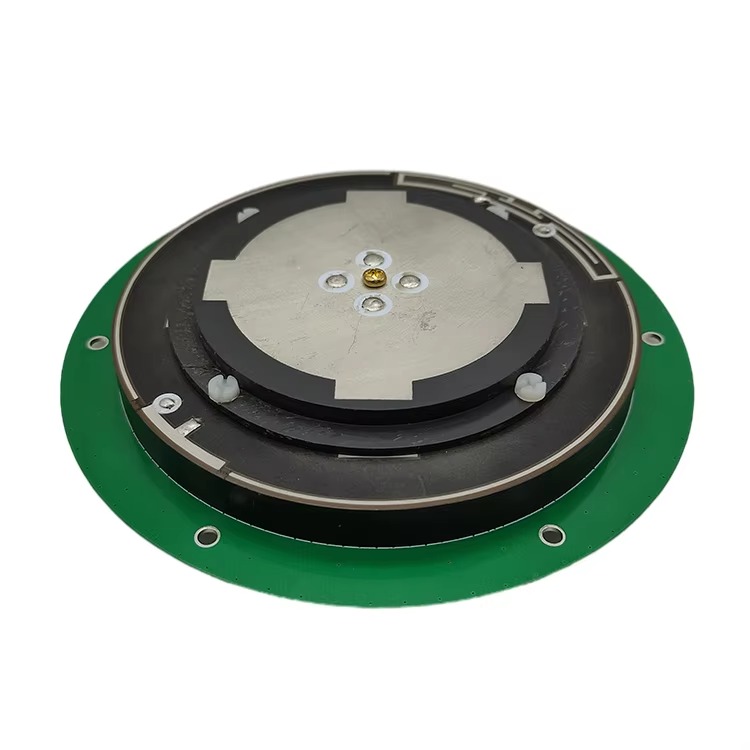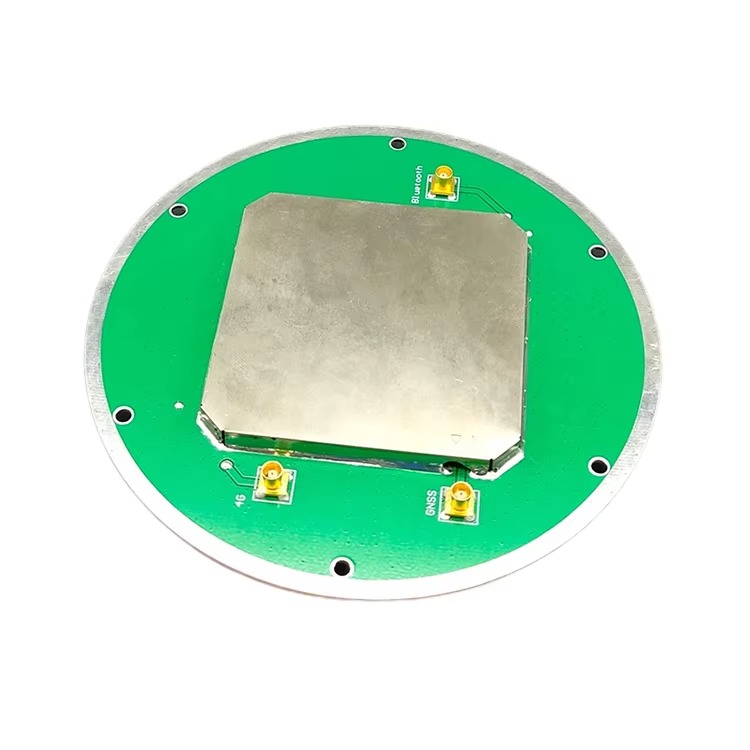The operating and storage temperature range of -20°C to +60°C reflects the antenna’s suitability for moderate to temperate environments, making it ideal for vehicle navigation and IoT applications in most regions. While not designed for extreme polar or desert conditions, this range covers the typical temperature variations encountered in daily use—from cold winter mornings to hot summer afternoons. The materials chosen for the antenna are carefully selected to withstand these temperatures: the ceramic substrate maintains its dielectric properties, the ABS housing resists warping or cracking, and the PCB’s components (including the LNA and filters) operate within their specified temperature ranges. At low temperatures, the LNA’s bias currents are adjusted to prevent increased noise, while at high temperatures, thermal management features—such as heat-dissipating pads on the PCB—prevent overheating. This temperature stability ensures that the antenna’s performance, including gain, VSWR, and noise figure, remains consistent, maintaining RTK accuracy regardless of environmental conditions.
The 42mm exposed cable provides flexibility in mounting the antenna while minimizing signal loss. The cable, typically a low-loss coaxial type with a 50Ω impedance, connects the antenna’s PCB to the IPX connector, allowing for some separation between the antenna and the receiver or device. A 42mm length is short enough to minimize attenuation—critical for high-frequency GNSS and 4G signals—while providing enough slack to accommodate different mounting configurations. For example, in a vehicle navigation system, the antenna can be mounted on the dashboard, with the cable routed to the receiver hidden behind the dashboard. The exposed portion of the cable is often reinforced with a flexible jacket to resist damage from bending or vibration, ensuring long-term reliability. The cable’s connector is crimped or soldered to the PCB with precision, ensuring a low-loss connection that maintains the antenna’s overall performance.
Applications in Vehicle Navigation, IoT, and 4G-integrated GNSS RTK highlight the antenna’s versatility and targeted design. In vehicle navigation, the antenna’s compact size, RHCP, and dual-band (L1/L2) support enable precise positioning for advanced driver-assistance systems (ADAS) and autonomous driving features, where centimeter-level accuracy is essential for lane-keeping and collision avoidance. The 4G LTE integration allows the vehicle to receive real-time traffic updates and RTK corrections, ensuring that positioning remains accurate even in dynamic environments. For IoT devices, such as asset trackers or smart agriculture sensors, the antenna’s small form factor and low power consumption (enabled by the efficient LNA) make it ideal for battery-powered operation. The combined GNSS and 4G capabilities allow these devices to track assets and transmit data back to a central system, all while maintaining precise location information. In 4G-integrated GNSS RTK systems, the antenna serves as a critical component, enabling seamless communication and positioning—whether for surveying drones, construction equipment, or precision agriculture machinery.
RoHS compliance ensures that the antenna meets international environmental standards, restricting the use of hazardous substances like lead, mercury, and cadmium. This compliance is not only a legal requirement in many markets but also reflects a commitment to sustainability, making the antenna suitable for eco-conscious applications and regions with strict environmental regulations. RoHS compliance is achieved through careful selection of materials: the ceramic substrate, ABS housing, PCB components, and cable are all free from restricted substances, ensuring that the antenna can be disposed of safely at the end of its lifecycle without harming the environment.
Despite its strengths, the antenna has limitations that users should consider. The operating temperature range of -20°C to +60°C may restrict its use in extreme environments, such as polar regions or deserts, where temperatures can fall below -20°C or exceed +60°C. The reliance on 4G LTE for communication means that performance may degrade in areas with poor cellular coverage, requiring alternative correction data transmission methods (e.g., satellite) as a backup. Additionally, the IPX connector, while compact, is not as robust as larger connectors like TNC, making it more susceptible to damage from frequent plugging and unplugging— a consideration for devices that require regular maintenance or reconfiguration.
To address these limitations, manufacturers often recommend using the antenna in conjunction with a protective housing in harsh environments, even if it means slightly increasing the form factor. For areas with poor 4G coverage, integrating a secondary communication module (e.g., NB-IoT) can ensure continuous RTK correction data. When handling the IPX connector, using strain relief and avoiding excessive bending of the cable can extend its lifespan.




































































 Language
Language
 En
En Cn
Cn Korean
Korean

 Home >
Home > 







 18665803017 (Macro)
18665803017 (Macro)













